Sea urchin growers should maintain optimal salinity levels and keep handling to a minimum

Invertebrates such as sea urchins and sea cucumbers have been widely consumed throughout Asia for centuries and are of growing importance as a resource in the United States. They are sources of both high-quality protein and valuable pharmaceuticals. Sea cucumbers have been found to have a variety of anticancer and regenerative properties, as well as many other valuable medical and pharmaceutical attributes. Sea urchins have long been used as a research model and a food source many consider a delicacy.
Due to these various factors, their natural populations have become the source of a growing fishery system. However, as is commonly found in fisheries, there is evidence that the invertebrates may become overexploited, which leads to population collapse.
As giant California sea cucumbers have recently become an important export from the United States to various countries, especially Japan, it is essential that measures be taken to prevent their overexploitation, while at the same time growing and maintaining the market. One way to establish aquaculture facilities that can successfully raise these invertebrates for both research and consumption is to build intensive inland facilities that avoid the problems associated with raising animals on the coast, particularly loss to predation.
Stress response
Although intensive aquaculture can produce large amounts of product, animals raised in this way are vulnerable to a variety of stressors. These sources of stress include crowding, handling, and salinity and temperature fluctuations. If an animal is stressed, its immune function decreases, and vulnerability to diseases, particularly viral and bacterial infections, increases. There is currently no effective treatment for disease in echinoderms, as the use of antibiotics can lead to the development of disease-resistant bacteria that can cause devastating losses.
Stress study
The authors examined handling and salinity fluctuations for their impacts on the immune function of the giant California sea cucumber (Parastichopus californicus) and the purple sea urchin (Stronglocentrotus purpuratus). These stressors where selected because any animal in an intensive aquaculture system is routinely subjected to handling as it grows and is moved from tank to tank. Animals used for research purposes also experience handling for sampling purposes, such as the production of eggs or the collection of coelomic fluid.
Systems that utilize saltwater must be constantly monitored for salinity fluctuations, which can vary based on a variety of factors, especially daily evaporation. In addition, purchasing seawater or seawater mixes is expensive, so if animals can be kept at a lower salinity with no ill effects, less expense is generated, and greater profit can be achieved.
Experimental setup
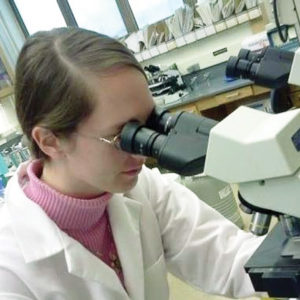
Sea urchins and sea cucumbers where obtained from Bodega Marine Laboratory Station in California, USA, and acclimated prior to the study. They were divided into three groups with two replicates per group.
Control groups were kept at the optimal salinity of 34 ppt and never handled. The handling-exposed groups were kept at 34 ppt and handled daily, while the low-salinity-exposed groups were kept at 28 ppt and never handled. Temperature was maintained at 13 degrees C ± 1, and the animals were fed ad libitum.
The conditions were maintained for 72 hours, and then coelomic fluid from each individual sea urchin or sea cucumber was collected for analysis. Parameters included coelomocyte packed-cell volume, coelomic fluid protein, total and differential coelomocyte count, and phagocytic cell activity.
Results
Results for the sea urchins indicated that the handling and low-salinity-exposed groups had significantly higher total and differential cell counts than the animals in the control groups, as well as significantly increased packed coelomocyte volume and total coelomic fluid protein content. In addition, phagocytic activity was significantly decreased from the control levels for both the low-salinity-exposed and handling-exposed groups (Fig. 1).
In contrast, for the sea cucumbers, the low-salinity-exposed and handling-exposed groups had no significant differences for any of the parameters as compared to the control.
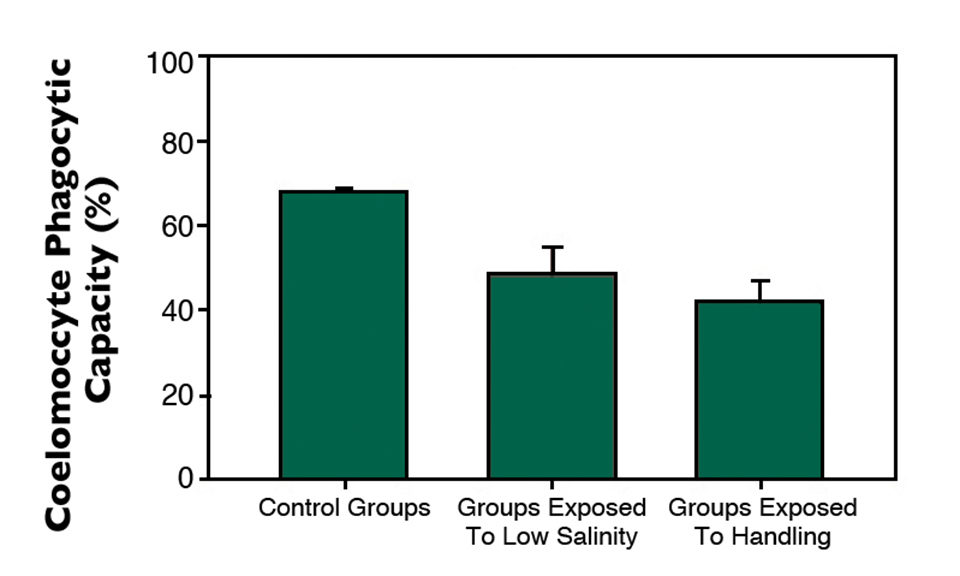
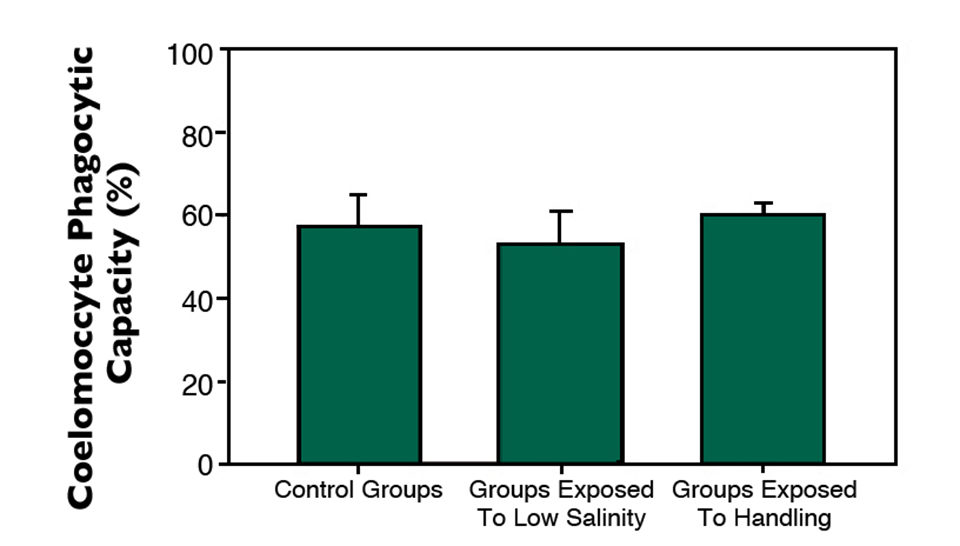
Perspectives
Based on the results obtained in the study, it appeared the sea urchins were much more susceptible to experiencing stress and decreased immune function due to lowered salinity and handling than the sea cucumbers were. This would indicate that systems that raise sea urchins should take particular care to maintain optimal salinity levels and keep handling to a minimum.
Interestingly, although sea cucumbers did show some negative effects from lowered salinity and handling, none of them was significant. This could indicate a greater degree of resistance to salinity changes and handling, which would make them an ideal candidate for culturing.
A follow-up study could expose sea cucumbers to both conditions simultaneously to determine if the combination has a detrimental effect. In addition, studies utilizing nutraceuticals as a means of reducing stress could be done to see if they have a positive effect on the immune function of echinoderms exposed to stressful conditions.
(Editor’s Note: This article was originally published in the March/April 2015 print edition of the Global Aquaculture Advocate.)
Authors
-
Regina Shannon
Department of Biology
Indiana University-Purdue University
2101 East Coliseum Boulevard
Fort Wayne, Indiana 46805 USA -
Ahmed Mustafa, Ph.D.
Department of Biology
Indiana University-Purdue University
2101 East Coliseum Boulevard
Fort Wayne, Indiana 46805 USA[117,100,101,46,119,102,112,105,64,97,97,102,97,116,115,117,109]
Tagged With
Related Posts
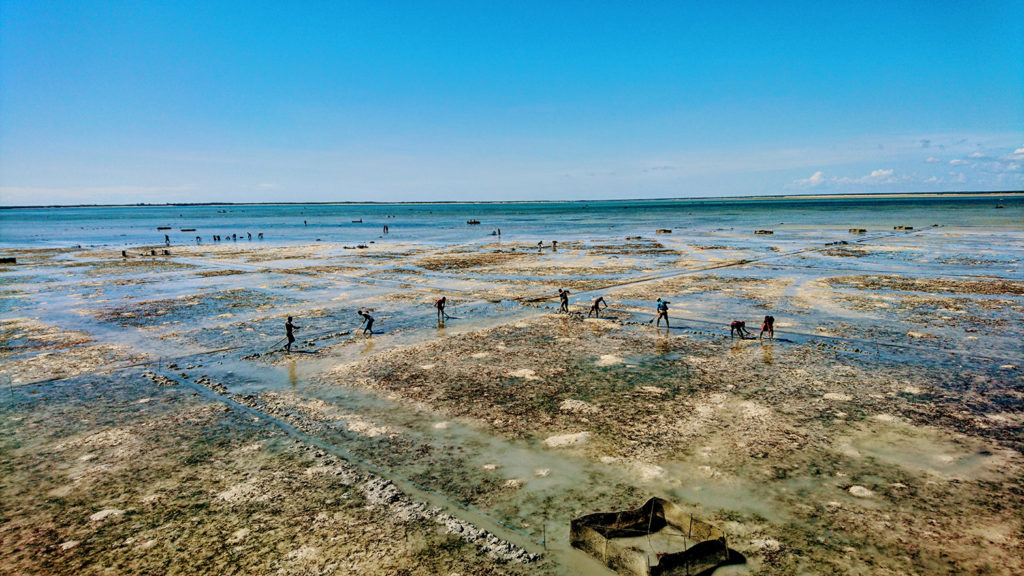
Responsibility
Sea cucumber project redefining traditional farming in Madagascar
Farming sea cucumbers – known as sea slugs in China – is changing people’s lives, giving rural workers in Madagascar a potential pathway out of poverty.
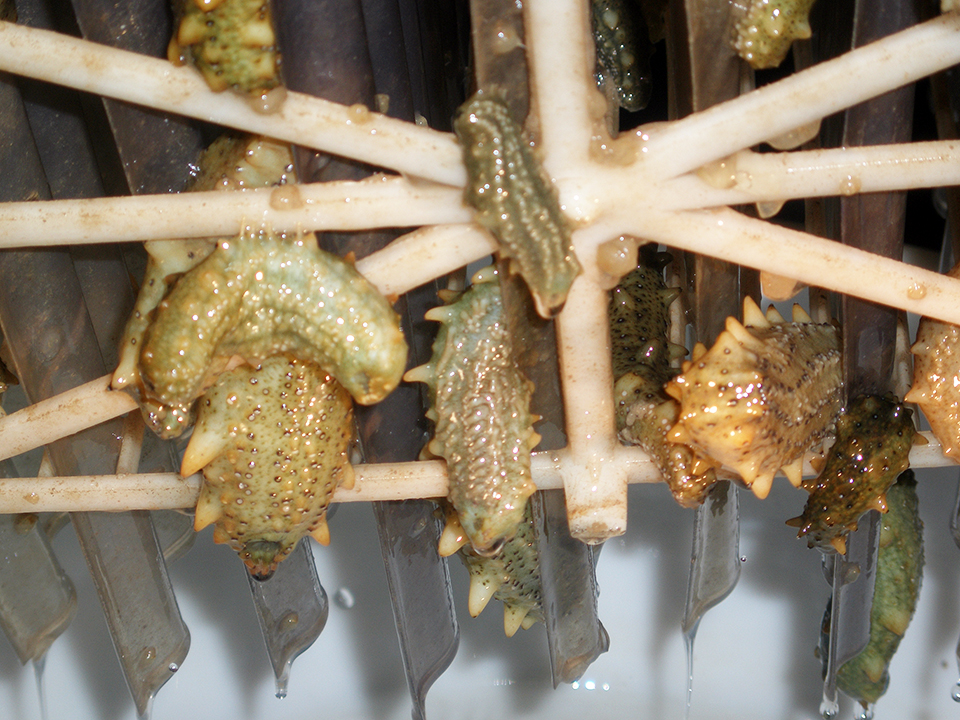
Health & Welfare
Probiotics improve nursery performance of juvenile sea cucumbers
While sea cucumbers are one of the most prized seafoods in China and Asia, their production suffers from suboptimal juvenile production. The use of proper feeds and overall management in the nursery can improve yield and survival.
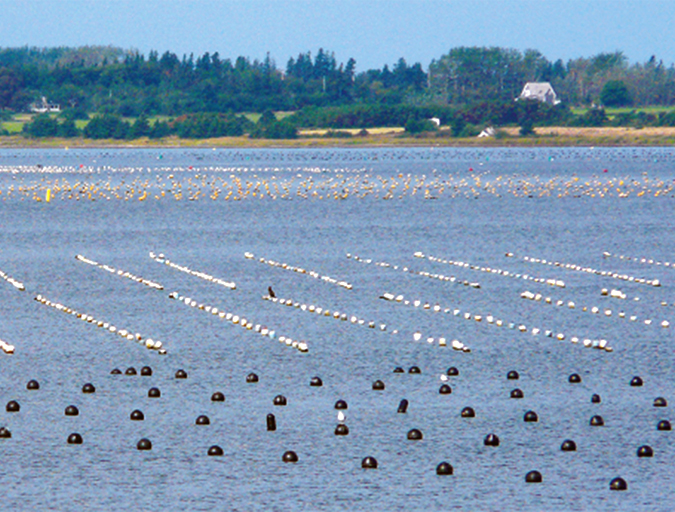
Innovation & Investment
Aquaculture in Canada: status, perspectives
Canada exports farmed seafood products to more than 22 countries and is the main seafood supplier to the U.S. market. Finfish, primarily salmon, production is strong and shellfish production is growing, but diversification will be imperative to maintain competitiveness.
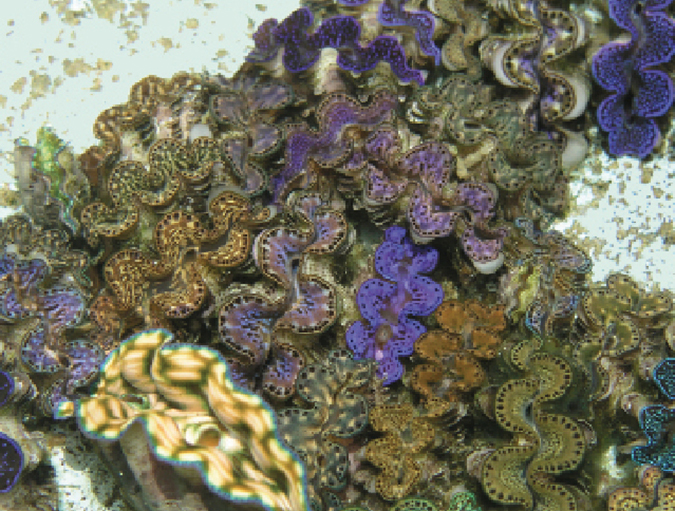
Responsibility
Pacific Islands communities support aquaculture development
Threats from overfishing and climate change highlight the need for alternative methods of local seafood production and economic advancement throughout the Pacific Islands. Ongoing work with giant clams, pearl oysters and crabs helps meet consumer needs and replenish stocks.


